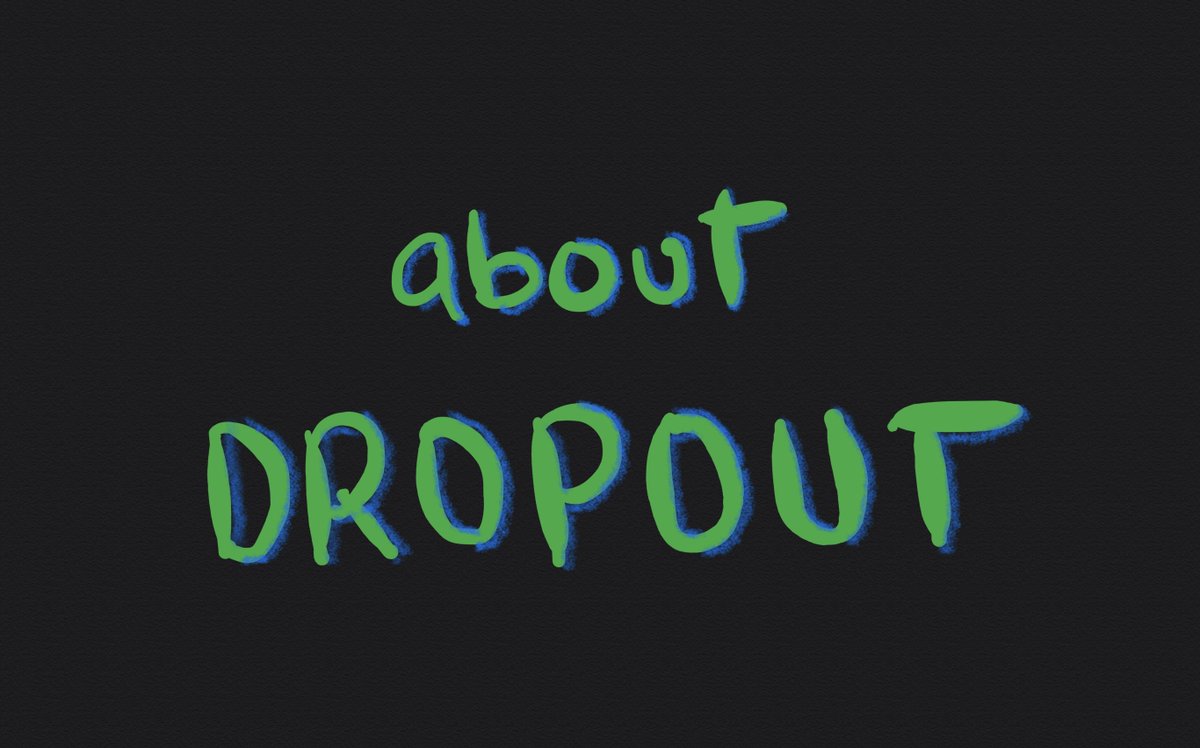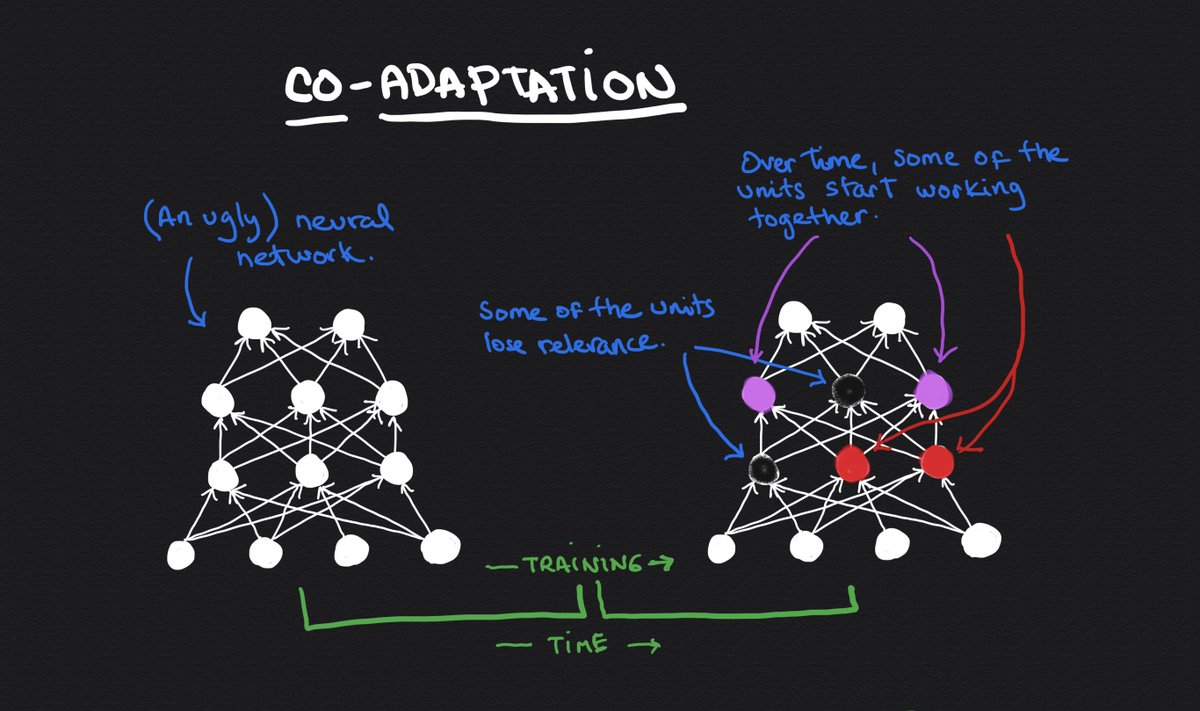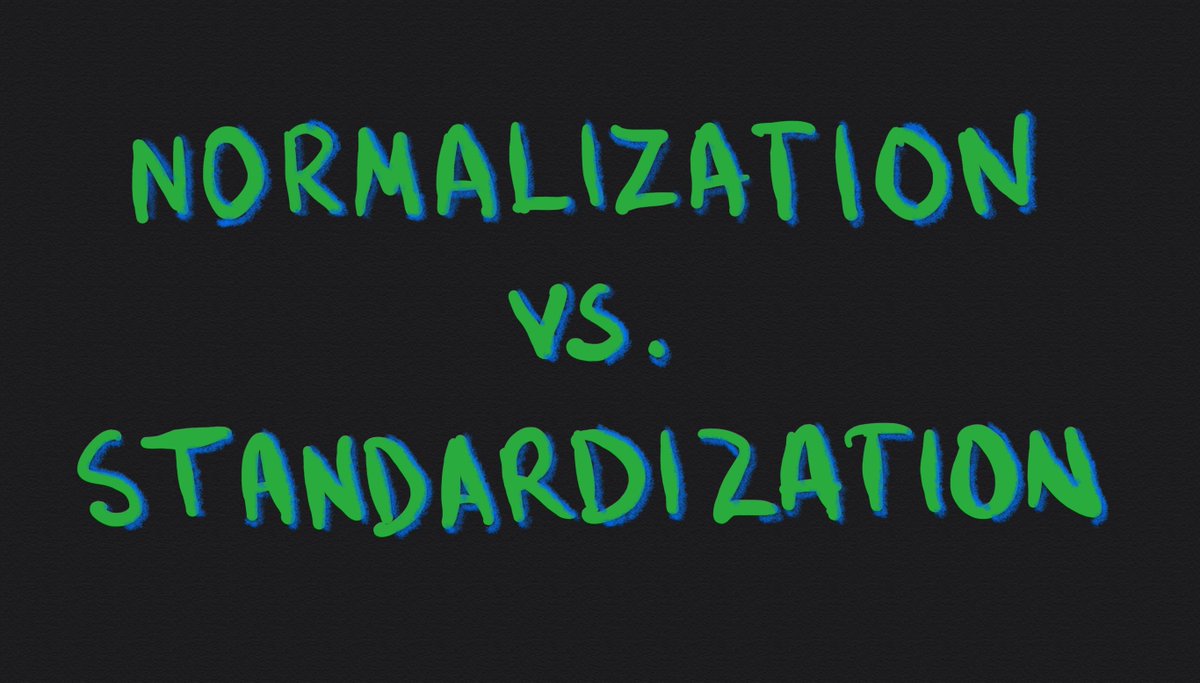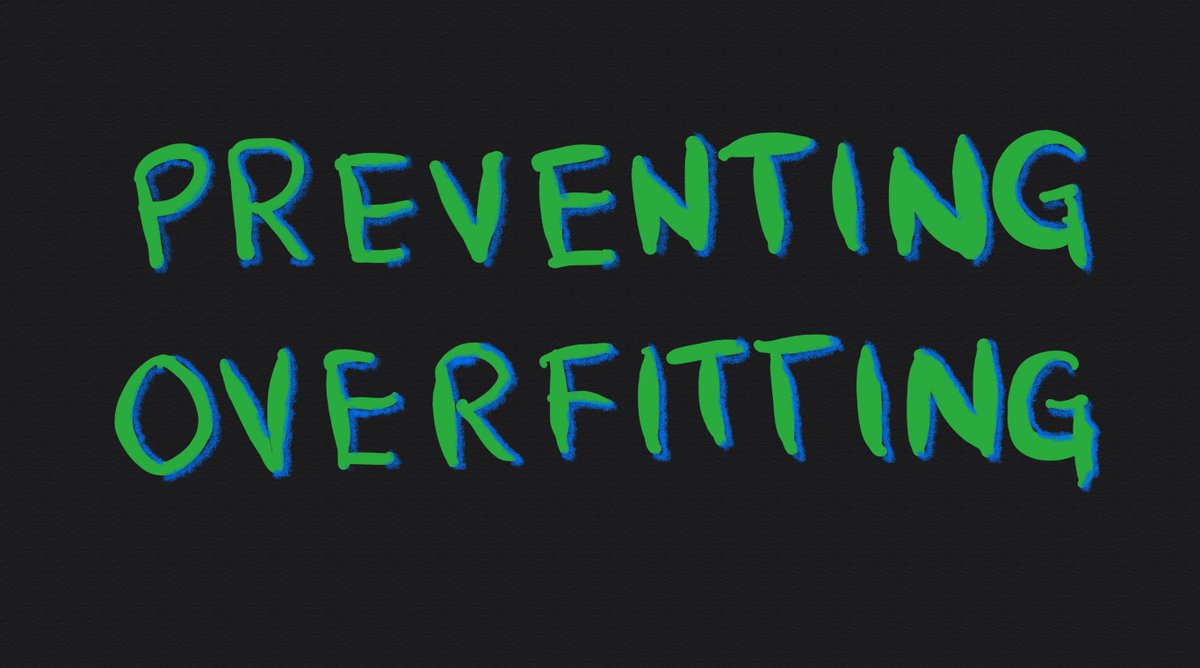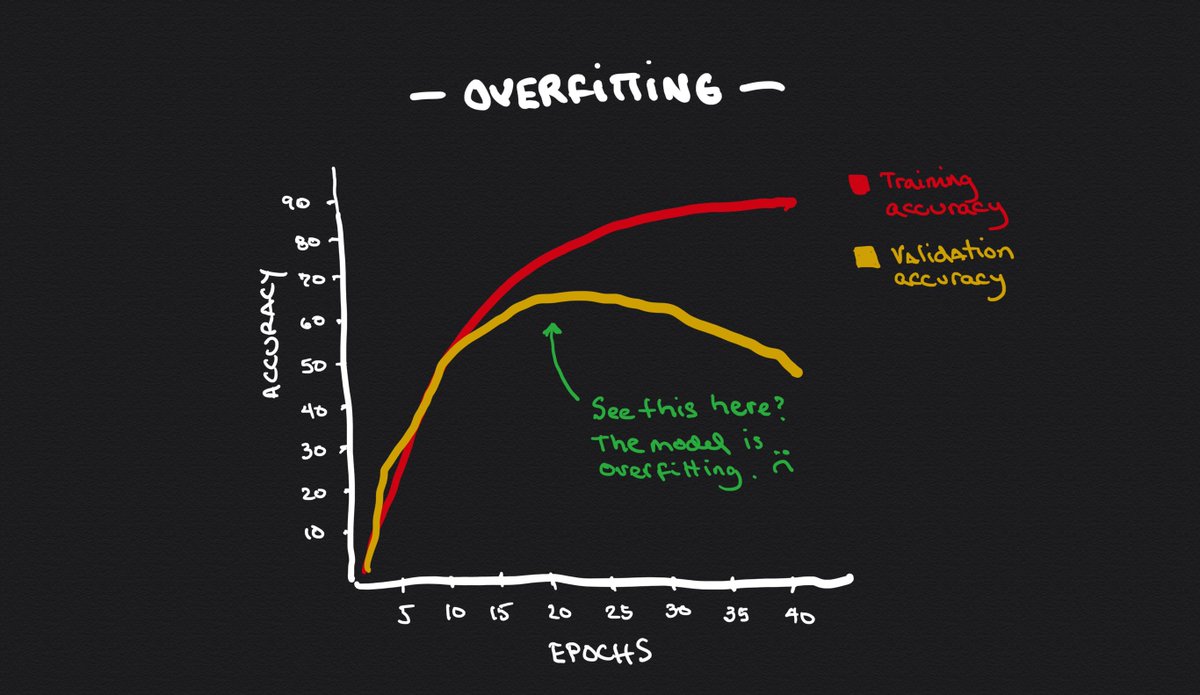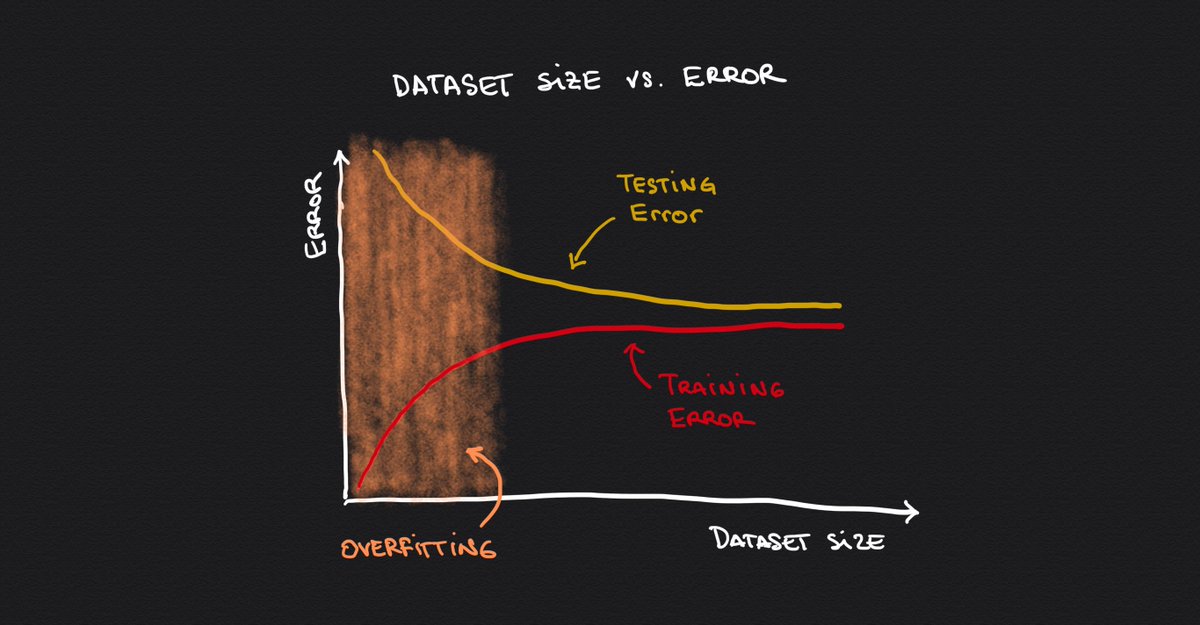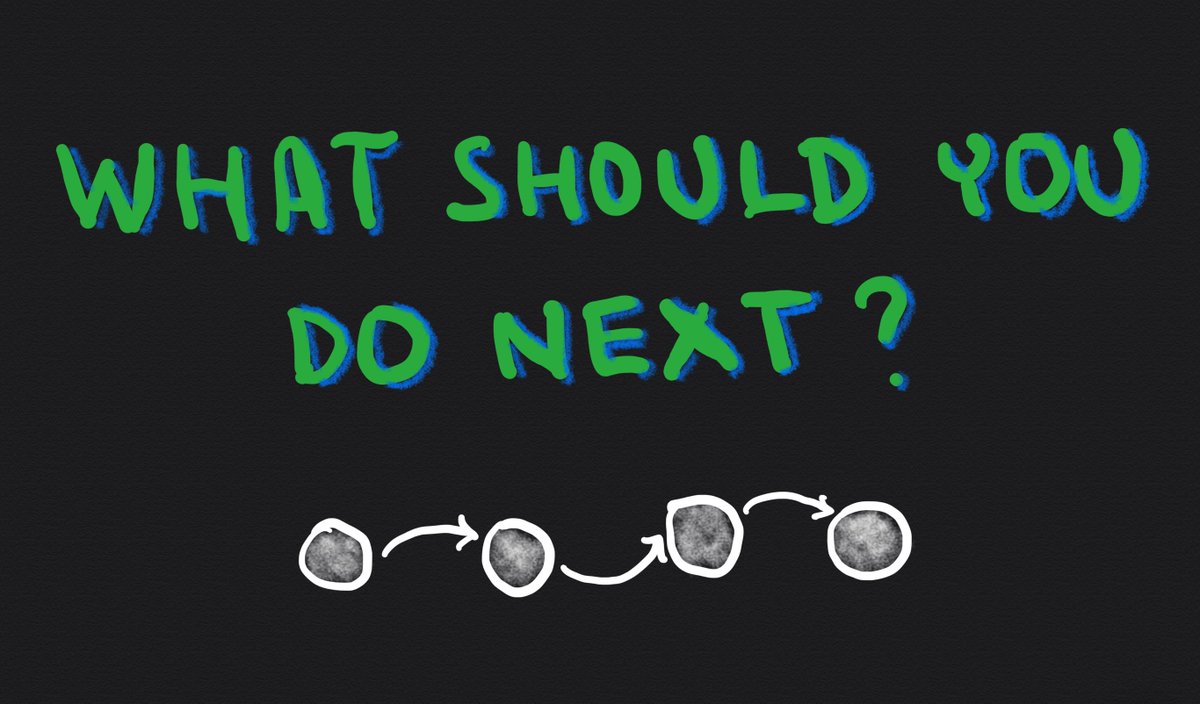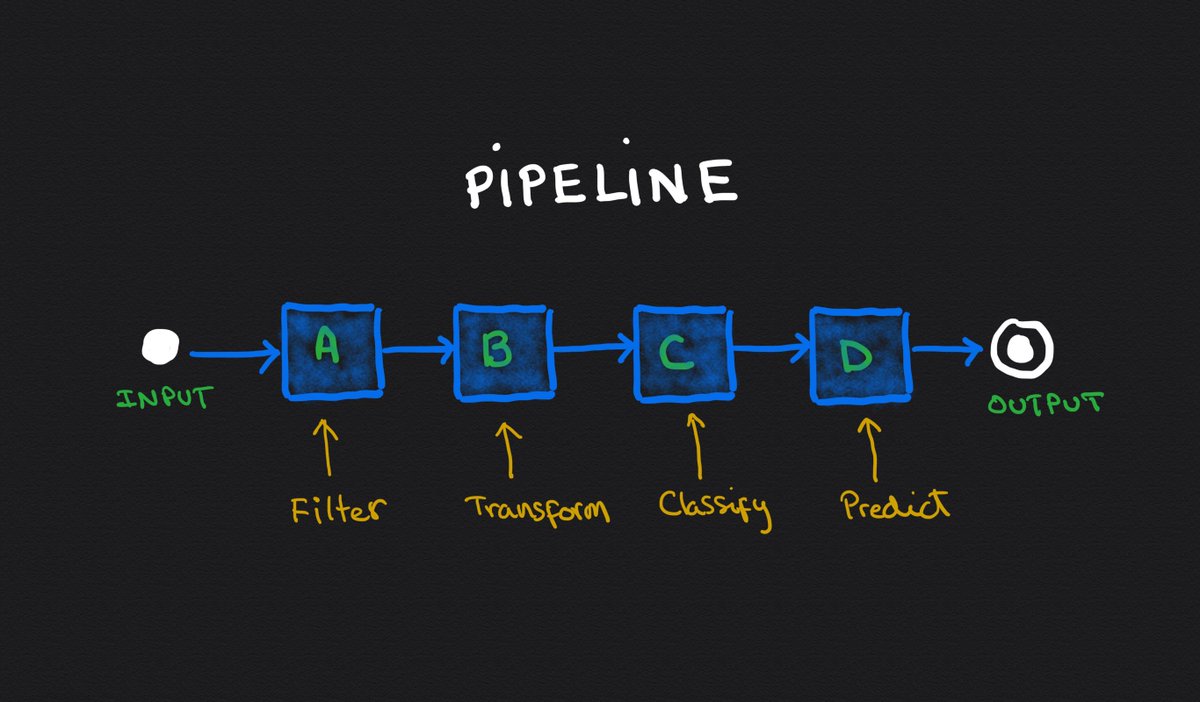
33 applications of Machine Learning, 3 different categories.
(And there are so many more it's not even funny!)
It doesn't matter what you enjoy in life. There's something here for you!
🧵👇
(And there are so many more it's not even funny!)
It doesn't matter what you enjoy in life. There's something here for you!
🧵👇
▫️ Natural Language Processing Applications
1. Speech recognition
2. Answering questions
3. Translation
4. Generating content
5. Summarizing documents
6. Sentiment analysis
7. Virtual assistants
8. Classifying text
9. Autocorrection
10. Urgency detection
11. Text extraction
👇
1. Speech recognition
2. Answering questions
3. Translation
4. Generating content
5. Summarizing documents
6. Sentiment analysis
7. Virtual assistants
8. Classifying text
9. Autocorrection
10. Urgency detection
11. Text extraction
👇
▫️ Computer Vision Applications
1. Face recognition
2. Image captioning
3. Image coloring
4. Object detection
5. Image classification
6. Pose estimation
7. Image transformation
8. Image analysis
9. Automatic drone inspections
10. Defect detection
11. Image restoration
👇
1. Face recognition
2. Image captioning
3. Image coloring
4. Object detection
5. Image classification
6. Pose estimation
7. Image transformation
8. Image analysis
9. Automatic drone inspections
10. Defect detection
11. Image restoration
👇
▫️ Other Machine Learning Applications
1. Logistical forecasting
2. Text to speech generation
3. Robotics
4. Financial forecasting
5. Optimization
6. Recommendation systems
7. Search
8. Dynamic pricing
9. Fraud detection
10. Self-driving
11. Gaming
1. Logistical forecasting
2. Text to speech generation
3. Robotics
4. Financial forecasting
5. Optimization
6. Recommendation systems
7. Search
8. Dynamic pricing
9. Fraud detection
10. Self-driving
11. Gaming
• • •
Missing some Tweet in this thread? You can try to
force a refresh

